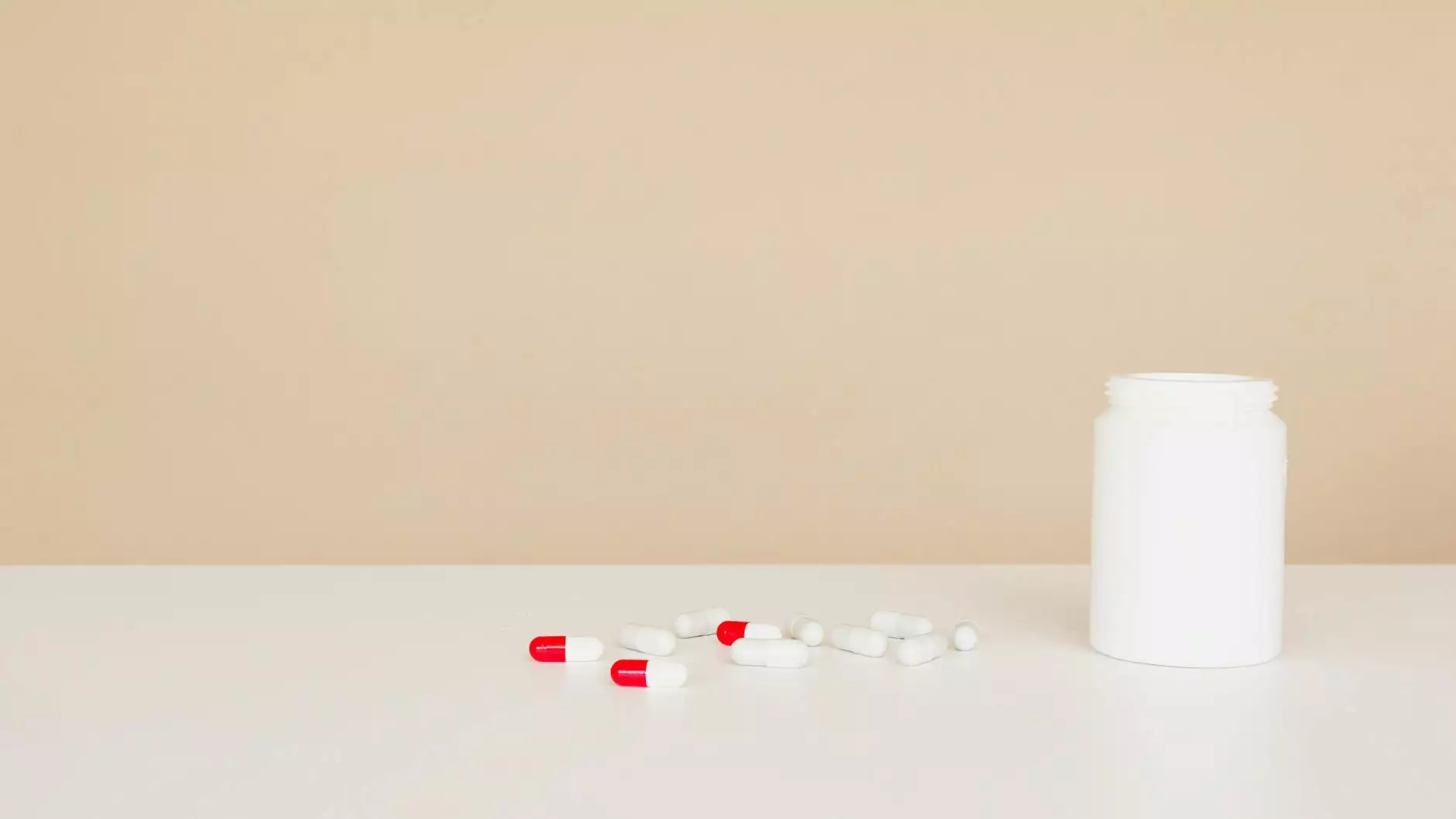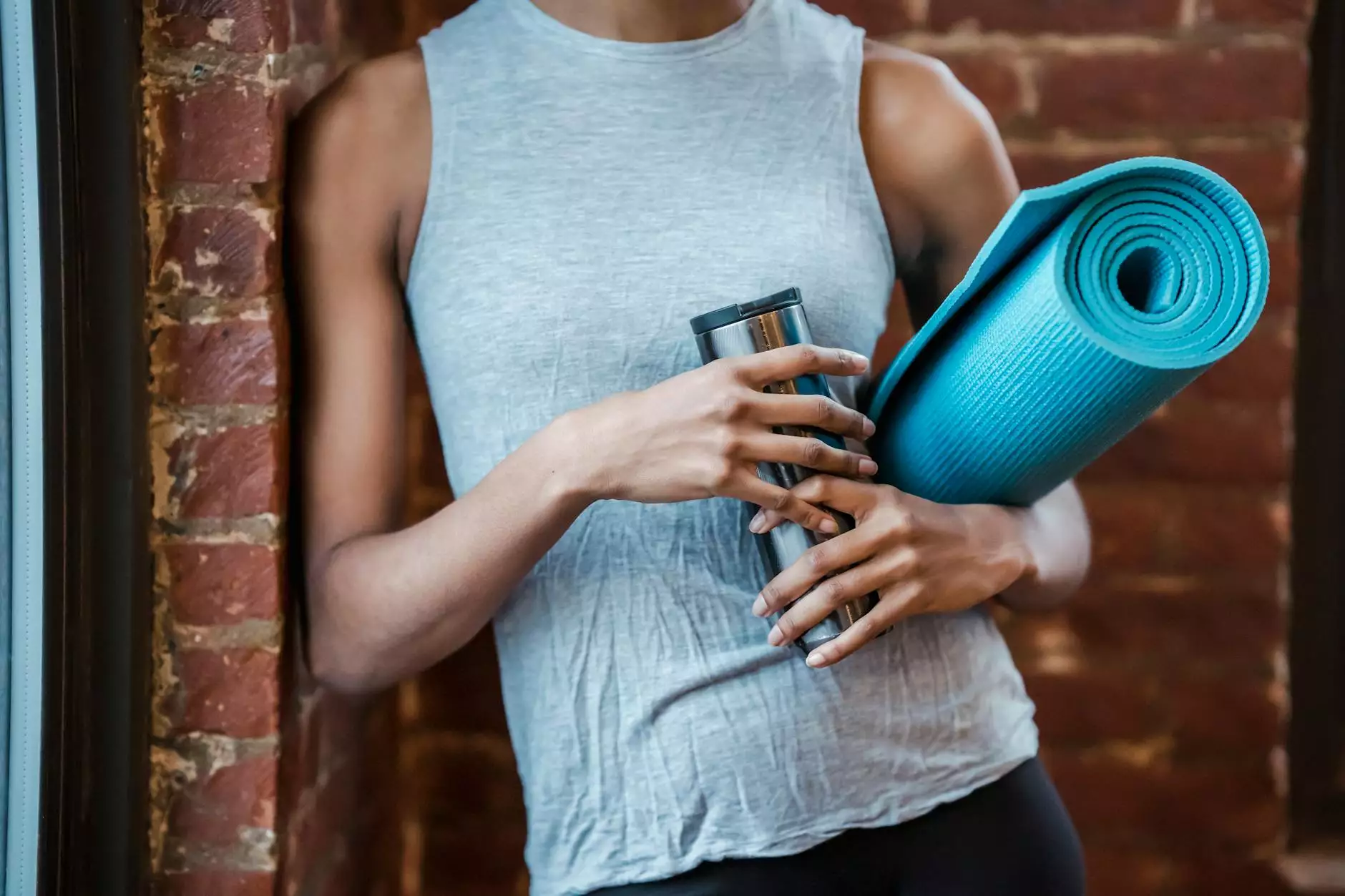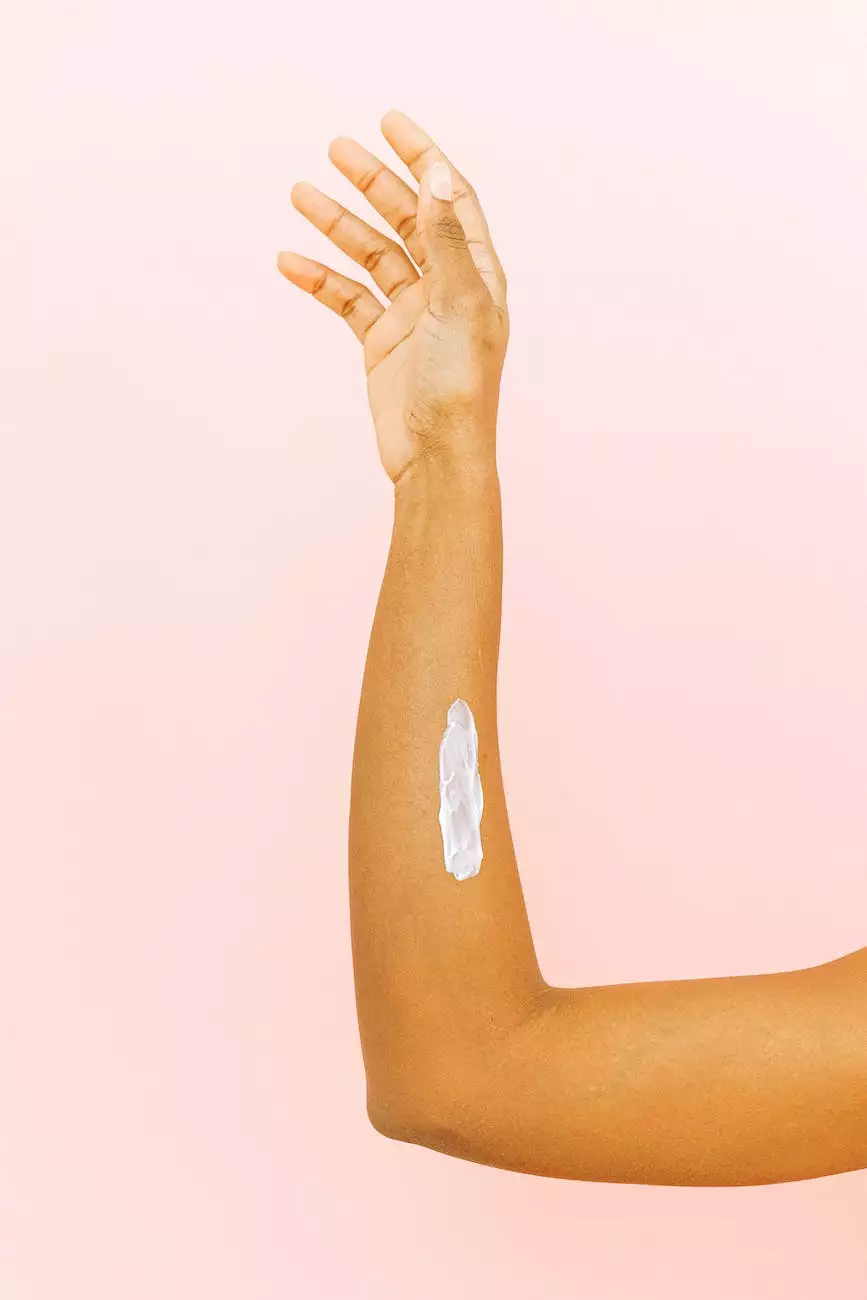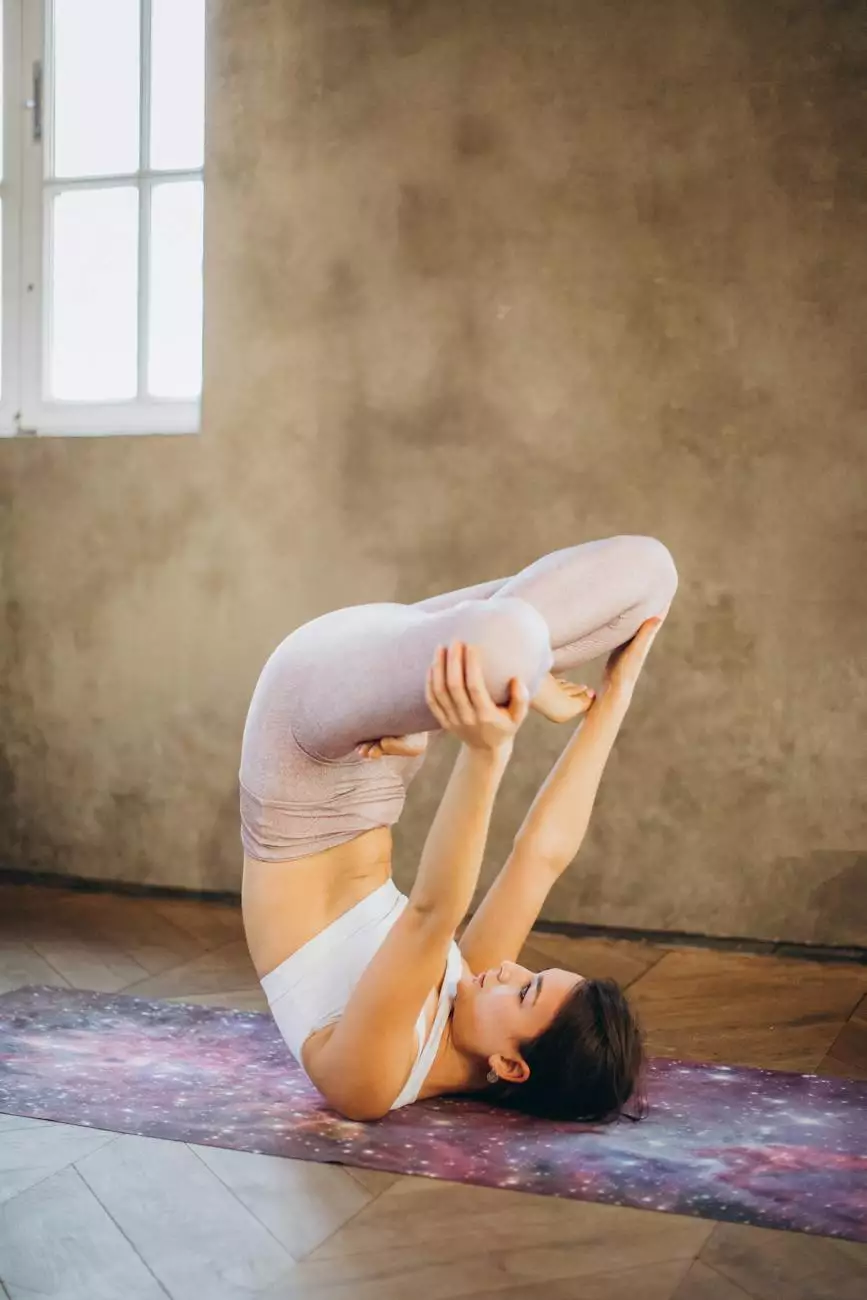Standing and Fascial Stiffening | Ep. 9

The Importance of Understanding Standing and Fascial Stiffening
Welcome to Redding Integrative Medicine, your trusted source for alternative and natural medicine solutions. In this episode, we delve into the fascinating topic of standing and its connection to fascial stiffening. Understanding this correlation can greatly contribute to your overall health and well-being.
What is Fascial Stiffening?
Fascia is a connective tissue that covers and surrounds muscles, bones, and organs within the body. It plays a crucial role in providing support, stability, and flexibility to our entire structure. However, factors such as poor posture, prolonged standing, and lack of movement can lead to fascial stiffening.
Fascial stiffening occurs when the fascia becomes tight, restricted, and less pliable. This can result in various issues such as decreased range of motion, pain, discomfort, and decreased overall mobility. It is essential to understand how standing affects the fascia to take appropriate measures for maintaining its health.
The Impact of Prolonged Standing on Fascial Health
Many individuals are required to stand for prolonged periods due to their occupations or daily routines. While standing is a natural human posture, excessive and prolonged standing can have detrimental effects on the body, including the fascia.
When we stand for extended periods, gravitational forces and the body's weight exert continuous pressure on the fascia. This sustained pressure can contribute to the gradual compression and tightening of the fascial tissues, leading to stiffness and discomfort.
Additionally, standing in improper alignment or with poor posture can further aggravate fascial stiffening, as it puts undue stress on specific areas of the body. The fascia responds to repetitive stresses and strains by becoming less elastic and more rigid, causing a decline in overall flexibility and a higher risk of injuries.
Preventing and Managing Fascial Stiffening
1. Correcting Posture:
Maintaining good posture while standing is essential to prevent and manage fascial stiffening. Ensure that your spine is aligned, shoulders are relaxed, and weight is evenly distributed between both feet. Consider investing in ergonomic footwear or anti-fatigue mats to provide optimal support.
2. Engage in Regular Movement Breaks:
Interrupt prolonged periods of standing by incorporating regular movement breaks into your daily routine. Taking short walks, stretching, or performing simple exercises can help improve blood circulation, relieve tension in the fascia, and promote its overall health and flexibility.
3. Massage and Fascial Release Techniques:
Consider seeking professional help from a skilled massage therapist or manual therapist familiar with fascial release techniques. These therapies can help release tension, break up adhesions, and improve the pliability of the fascia, facilitating better movement and reducing the risk of stiffness.
4. Use Supportive Tools:
If you must stand for prolonged periods, consider using supportive tools such as anti-fatigue mats or ergonomic footwear. These aids help minimize the pressure exerted on the fascia, reducing the chances of stiffness and promoting overall comfort.
5. Stretching and Flexibility Exercises:
Incorporate regular stretching and flexibility exercises into your routine to maintain the health and elasticity of the fascia. Engaging in activities such as yoga, Pilates, or specific fascial stretching techniques can help lengthen and release tension in the fascial tissues, promoting optimal mobility and preventing stiffness.
Conclusion
In conclusion, understanding the relationship between standing and fascial stiffening is crucial for your overall well-being. Redding Integrative Medicine is committed to providing alternative and natural medicine solutions aimed at promoting a healthy lifestyle and addressing various health concerns. By implementing the preventive measures and techniques mentioned above, you can maintain the health and flexibility of your fascia, ensuring optimal functionality and minimizing the risk of stiffness and discomfort.










